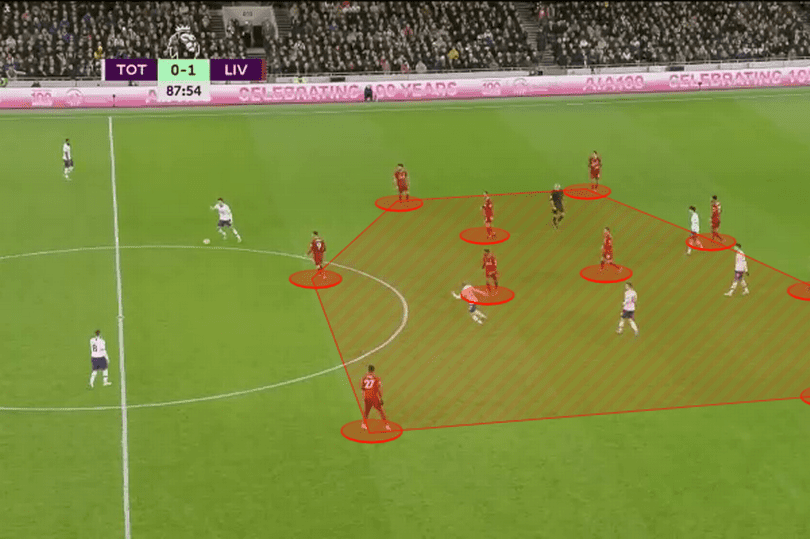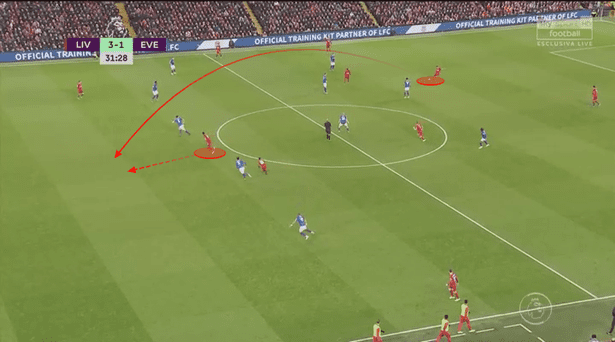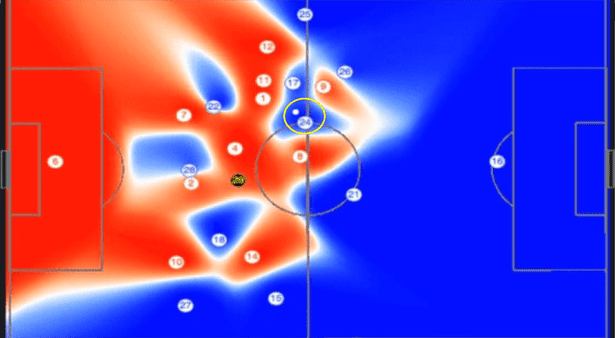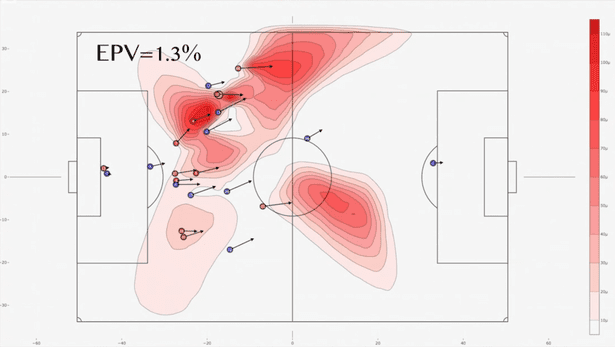
After winning last year’s UEFA Champions League Final, the most important football competition in the world, Liverpool Football Club is now dominating its domestic Premier League, leading this season’s standings by a whopping 16 points. Liverpool has not lost one match out of the 23 it has played thus far and is almost guaranteed to win the title, cementing its position as the world’s best current football team.
What can explain Liverpool’s extraordinary success? It’s no secret that the club boasts some of the greatest football players in the world, but they’re definitely not alone. Barcelona, Bayern, or Manchester City also have their fair share of amazing talent at their disposal.
Liverpool’s secret sauce might surprise many: data science.

For some time, the football club has been gathering exhaustive amounts of data and crunching the numbers in order to determine which players are most fitted to occupy a certain tactical position during certain matches, but also what’s the best style of play.
The club’s famous manager, Jürgen Klopp is not only on board with the idea of incorporating science in his team’s decisions — he’s embracing it. The team even has a name for its new style of playing football augmented by science: pitch control. The name is self-explanatory — it’s all about making the right, data-driven decisions such that the team can utilize the pitch to its full potential.
Meanwhile, in the backend, there’s an entire team of researchers and statisticians crunching the numbers so that Liverpool can bring out its best.
For instance, Ian Graham, who is the director of the research division at Fenway Sports Group (the group that owns Liverpool F.C.), has a PhD. in theoretical physics and is in charge of evaluating players and sporting trends data. Michael Edwards, the club’s sporting director, is a former analyst himself having previously spent time at Portsmouth and Spurs. Liverpool’s data science team also includes Tim Waskett, an astrophysicist, and Will Spearman, who has a doctorate in philosophy, both of whom regularly appear publically explaining pitch control. The graphic below is often used as an example.

According to Liverpool’s outstanding team of data analysts, the team is combining event data and tracking data in order to analyze in real-time how each action on the pitch impacts the probability of scoring a goal. This concept is illustrated in the graphic below.

“The red team is Liverpool and the areas in red are the places they can get to sooner than the players in blue. Everything is turned into a goal probability and this value, 1.3%, is the probability that a goal will be scored with the ball in this position within the next 15 seconds,” Waskett explained during recently held event part of the Royal Institution Christmas Lectures.
Of course, Liverpool isn’t the only football team to use data science. Most teams competing at the highest levels now have a data science department but, considering their performance, the Reds seem to be exploiting hidden trends and data better than anyone.
What’s certain is that the way football is being played has changed drastically, and we’re only seeing the tip of the iceberg as technology will become increasingly incorporated into sports.









